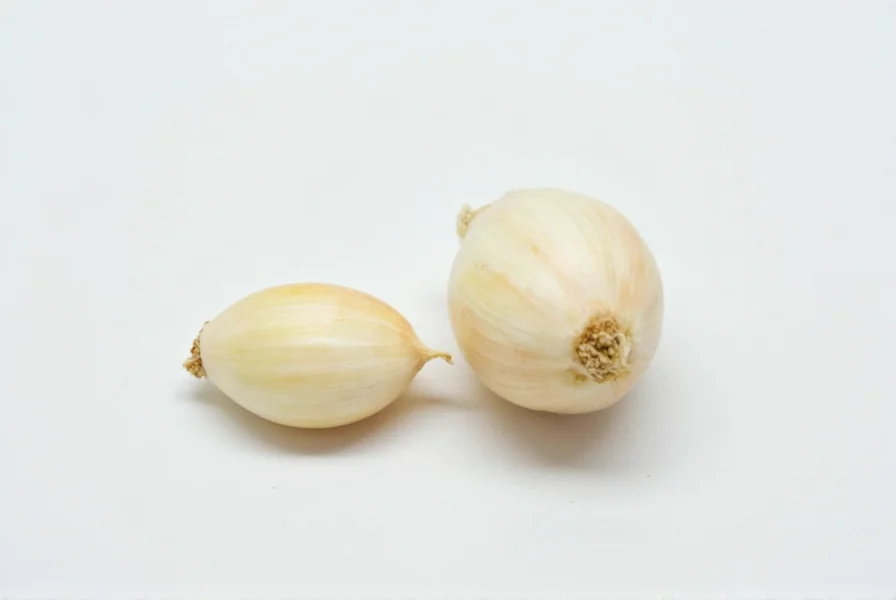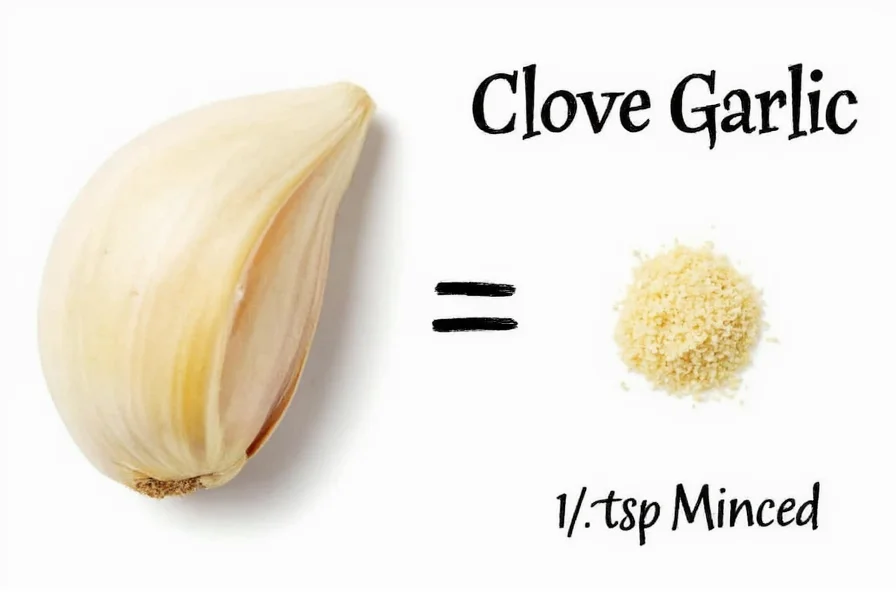Understanding garlic measurements is crucial for home cooks and professional chefs alike. When recipes call for specific quantities of garlic cloves but you're working with pre-minced garlic or need to convert to tablespoons, knowing the exact equivalents ensures your dishes achieve the perfect flavor balance without overpowering or under-seasoning.
Garlic Measurement Fundamentals
Garlic cloves vary significantly in size, which directly impacts their volume when prepared. The standard conversion assumes medium-sized cloves, but recognizing size variations helps you adjust measurements for optimal results. Fresh garlic provides a more complex flavor profile compared to pre-minced or powdered alternatives, making accurate measurement even more important for recipe success.
Garlic Clove to Tablespoon Conversion Guide
| Garlic Cloves | Minced Garlic (Teaspoons) | Minced Garlic (Tablespoons) | Garlic Powder Equivalent |
|---|---|---|---|
| 1 small clove | 1/4 tsp | 1/12 tbsp | 1/8 tsp |
| 1 medium clove | 1/2 tsp | 1/6 tbsp | 1/4 tsp |
| 1 large clove | 3/4 tsp | 1/4 tbsp | 3/8 tsp |
| 2 medium cloves | 1 tsp | 1/3 tbsp | 1/2 tsp |
| 3 medium cloves | 1 1/2 tsp | 1/2 tbsp | 3/4 tsp |
As shown in the conversion table, two medium garlic cloves yield approximately 1 teaspoon of minced garlic, which equals 1/3 tablespoon. This precise measurement helps maintain recipe integrity whether you're preparing sauces, marinades, or roasted dishes. Remember that larger cloves from supermarket varieties often provide closer to 3/4 teaspoon per clove, while smaller heirloom varieties might yield only 1/4 teaspoon.
Factors Affecting Garlic Measurement Accuracy
The exact volume of minced garlic depends on several factors beyond just clove count. How finely you mince the garlic significantly impacts the final volume - a coarse chop yields less compacted garlic than a fine mince. The moisture content of fresh garlic also varies based on storage conditions and age, with fresher garlic containing more water and thus providing slightly more volume.
When substituting pre-minced garlic from a jar, account for the liquid preservatives that increase volume without adding flavor intensity. For the most accurate results in critical recipes, consider weighing your garlic - two medium cloves typically weigh 10-12 grams before peeling.

Practical Application in Cooking
Understanding that two cloves equal 1/3 tablespoon helps when scaling recipes up or down. For dishes where garlic plays a starring role like aioli or pesto, precise measurements ensure proper emulsification and flavor balance. In more delicate applications like salad dressings or seafood preparations, this knowledge prevents overpowering other ingredients.
When converting from fresh to powdered garlic (a common pantry substitution), remember that garlic powder has concentrated flavor. The general rule is that 1/8 teaspoon of garlic powder equals one small clove, making two medium cloves equivalent to about 1/2 teaspoon of powder. This conversion prevents the bitter, artificial taste that comes from overusing dried garlic products.
Common Measurement Mistakes to Avoid
Many home cooks mistakenly equate one garlic clove with one tablespoon, leading to dramatically over-seasoned dishes. Another frequent error involves not accounting for the difference between loosely packed and firmly packed minced garlic. When measuring small quantities like 1/3 tablespoon (from two cloves), use measuring spoons rather than estimating to maintain recipe accuracy.
For international recipes that use different measurement systems, remember that one tablespoon equals 15 milliliters. This conversion becomes essential when working with European recipes that specify garlic by volume rather than clove count.

When Precision Matters Most
Certain culinary applications demand particularly precise garlic measurements. In mayonnaise and other emulsified sauces, too much garlic can prevent proper emulsification. In baking applications that incorporate garlic (like focaccia or garlic bread), excess moisture from improperly measured fresh garlic can affect dough consistency. For canning and preserving, accurate garlic measurements are critical for both flavor and food safety considerations.
Professional kitchens often standardize their garlic preparation by weight rather than volume for maximum consistency. If you frequently cook the same recipes, consider developing your own reference by weighing your typical garlic cloves to create personalized conversion factors that match your specific ingredients.










 浙公网安备
33010002000092号
浙公网安备
33010002000092号 浙B2-20120091-4
浙B2-20120091-4